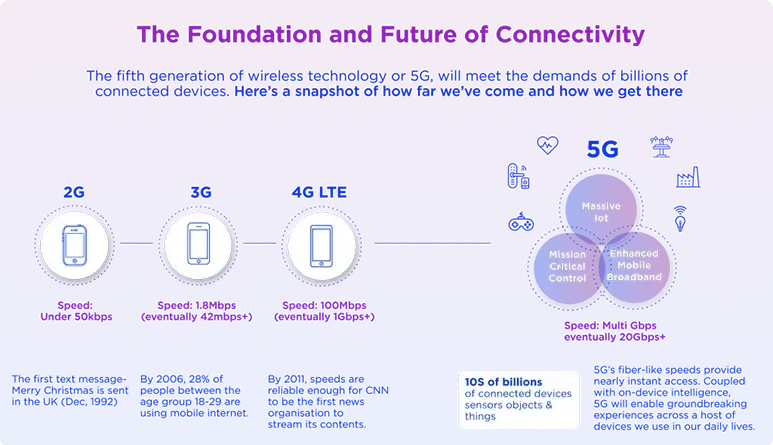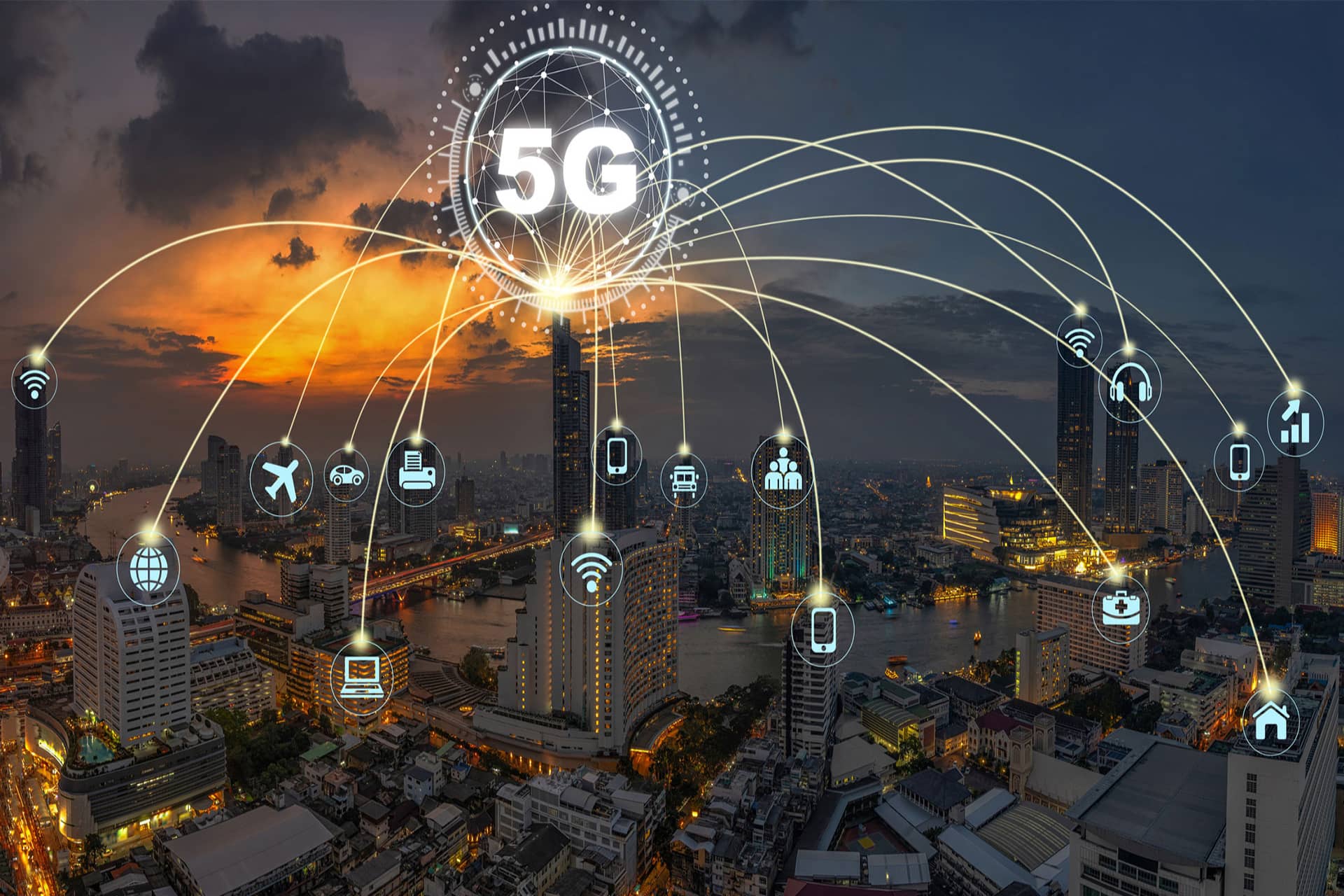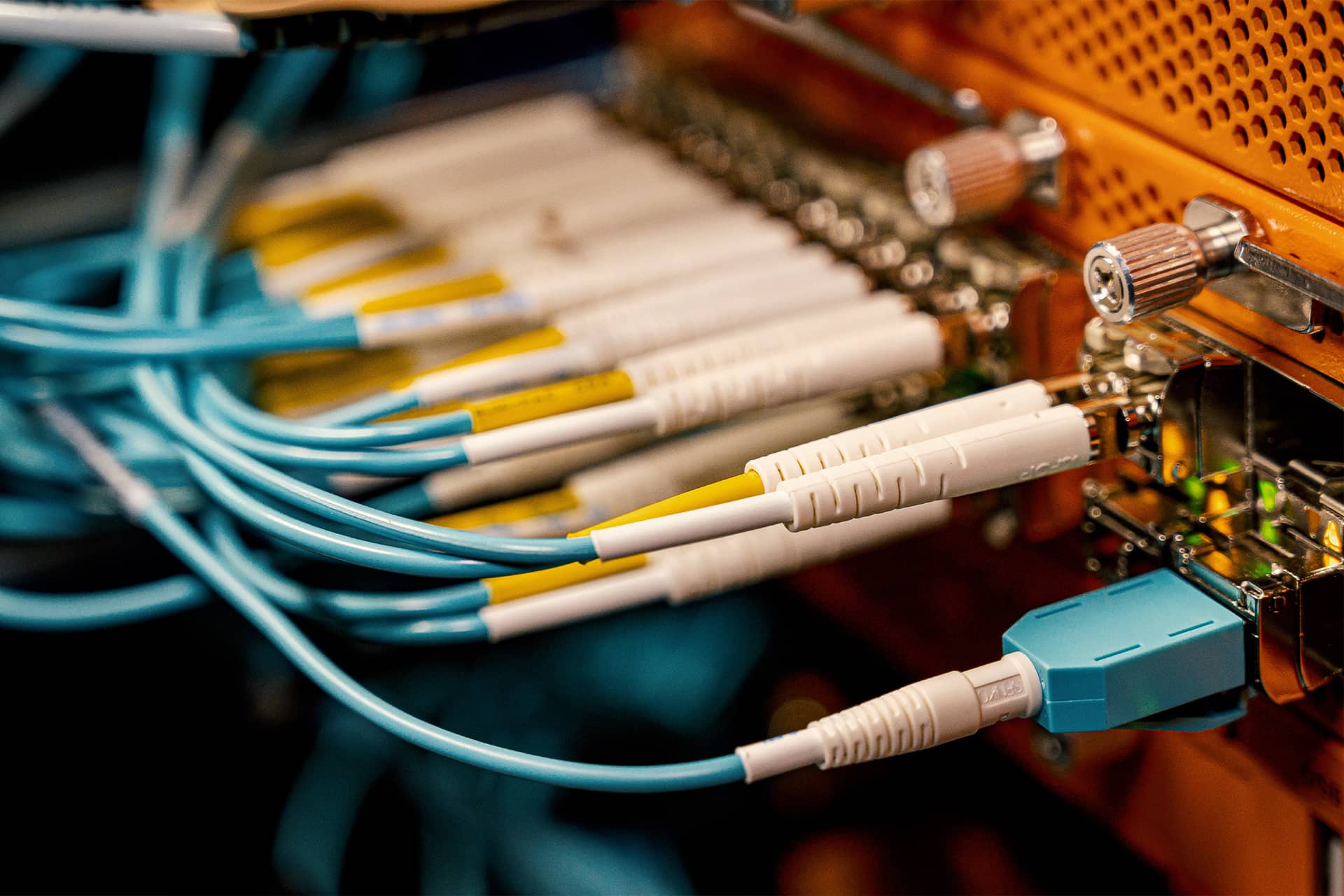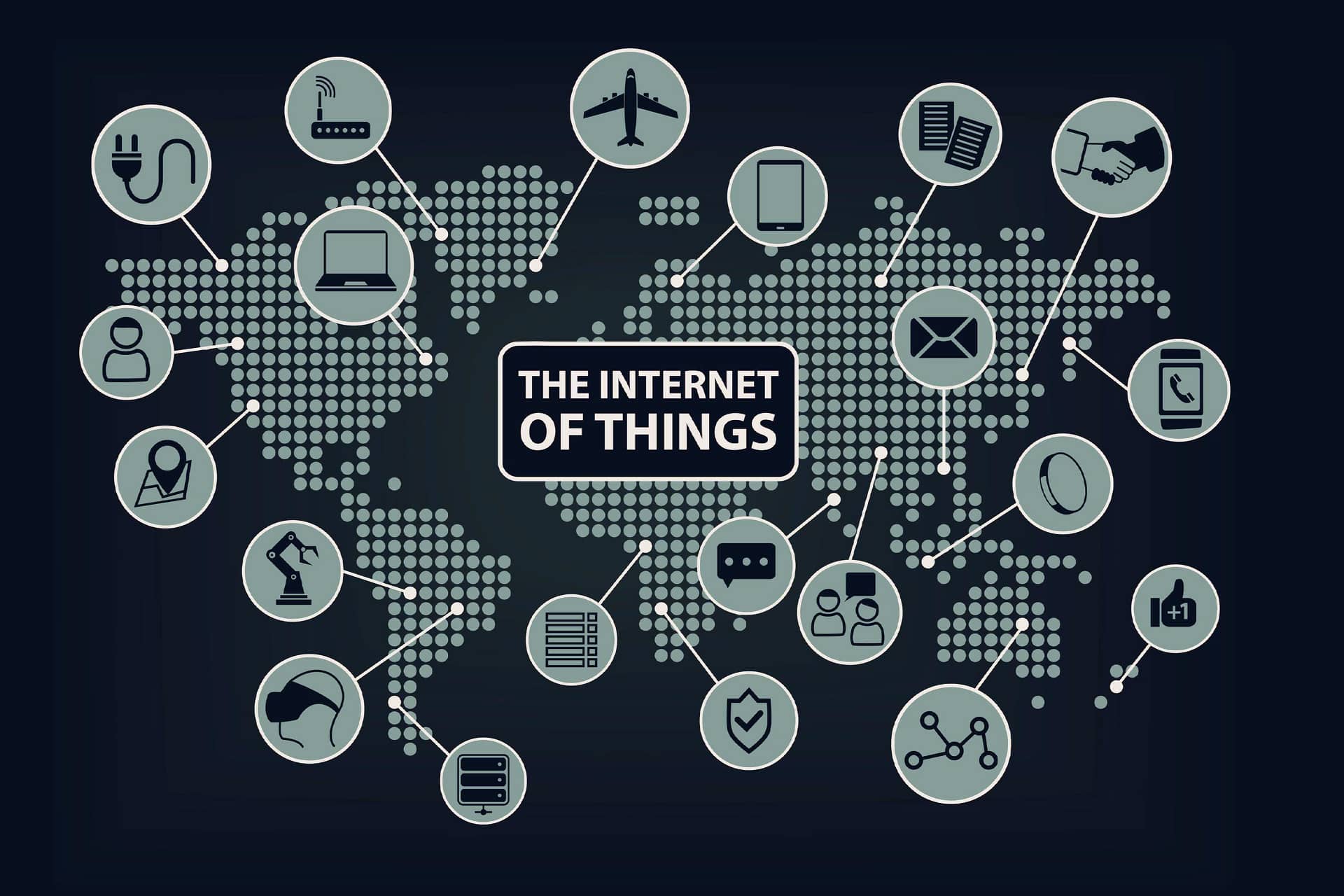What is 5G all about?
5G is the next buzzword in the field of wireless technology networking. Simply said, it is wireless technology’s fifth generation. The fifth generation of technology is expected to be bigger, faster, and better. 5G architecture is based on a considerably higher next-generation technology plane, with the goal of connecting everything and everyone – people, buildings, cities, sensors, smartphones, robots, and drones. As compared to the existing wireless technology, it will have higher data rates, reduced latency, higher capacity system, energy savings and cost reductions. It will bring new capabilities and create opportunities for society and business. Here is some of the excited chatter about 5G:
“Connected cars will shape the future of individual mobility, and next-generation mobile networks will take car‑to‑x connectivity to a new level.” – Alfons Pfaller, Head of Infotainment Development, AUDI AG
“The adoption of 5G will be even faster than what we saw on 4G, which was already fairly fast,” said Ignacio Contreras, Qualcomm’s director of marketing
“5G will be the post-smartphone era,” said Robert J. Topol, Intel’s general manager for 5G business and technology. “Phones are the first place to launch because [they’re] such an anchor in our lives from a connectivity standpoint.”
“5G is one of those heralds, along with artificial intelligence, of this coming data age,” said Steve Koenig, senior director of market research for the Consumer Technology Association.
What is 5G capable of?
Imagine living in a world where people, gadgets, buildings, and infrastructure talk to each other. In this world, doctors can conduct surgeries from thousands of miles away; cars drive on their own; buildings, factories and cities can interact with you; and you can shop and watch live sports events in VR!
Now open your eyes, because we’re not talking about a sci-fi movie here. Rather, this is what our world will become thanks to 5G – hyper-connected, secure and experiential on an unimaginable scale.
Fascinating, right?
What makes 5G different?
So far, with technologies like 4G, we have mostly imagined connectivity as human-to-human, or human to the internet. But, with 5G, that will no longer be enough.
The next natural evolution of connectivity is to not only connect everyday machines and devices to humans but machines to other machines. In fact, the entire promise behind 5G lies in connecting our entire environment with each other! With the number of connected devices globally set to triple by 2030 to 25.4 billion, terms like Internet of Things (IoT), Virtual Reality (VR), and Artificial Intelligence will no longer be just fanciful connotations of what will happen in the future. All these amazing experiences will be unlocked on the back of 5G.
According to 3GPP (3rd Generation Partnership Project), 5G delivers value by enhancing three major applications
- Enhanced mobile broadband (EMBB) – Faster data rates, wider network coverage areas, enhanced ultra-HD video streaming
- Ultra-reliable, low latency communication (URLLC) – Increased communication speed and quality in critical functions such as robots and drones
Massive machine-type communication (MMTC) – Automatic generation, processing and transmission of data between machines with almost zero human intervention
Differences between the previous generations of mobile networks and 5G

Let us chart out the journey of various generations of wireless technology to fully understand the phenomena of the fifth generation:
1G, or the first generation of mobile networks, was established in the 1970s and 1980s and carried only speech data. They were transmitted unencrypted across radio waves. Japan pioneered the 1G revolution. The disadvantages of 1G were low coverage and sound quality, lack of system interoperability, and unencrypted voice.
The term “2G” first appeared in the 1990s. The communications were digital and encrypted. Data of higher quality could be shared. Text, photo, and multimedia communications could be sent. This resulted in a revolution in telecommunications. Mobile cell towers appeared, and consumers and companies quickly adopted them. Smartphones were invented.
3G was constructed in the early 2000s. Because online connectivity was standardized in this age, people could access data from anywhere in the world. This was four times quicker than two gigabits per second. 3G enhanced data transfer capabilities as well as video conferencing, video streaming, and voice quality. This generation’s characteristics were included in the launch of Blackberry. iPhones were introduced in 2007, and 3G technology made smartphones a necessity rather than a luxury item.
4G: Apple, Google, and Facebook were instrumental in the introduction of 4G technology. Consumers now have access to high-quality video streaming thanks to 4G technology. Currently, the most widely utilised technology, 4G technology, provides high-definition videos, conferencing, and gaming services. Switching from 2G to 3G was as simple as swapping sim cards. However, a change in mobile devices is required for 4G.
5G: We are at the cusp of the 5th generation revolution. This generation promises higher speed, reduced latency, energy savings and higher capacity systems. The superior connectivity offered by 5G aspires to equal access to the network regardless of location or social status in society. 5G offers the possibility of innovations such as remote surgeries, telemedicine, self-driving cars, smart cities, smart buildings and smart factories, virtual reality experience while gaming, shopping and viewing sporting events. It looks to expand wireless services from the internet to the Internet of Things and communication sectors.
Source: Chawla, K. (2022) All About 5G: The next big thing after Wifi, STL Blog. Available at: https://www.stl.tech/blog/5g-networks-everything-you-want-to-know/ (Accessed: October 11, 2022).










